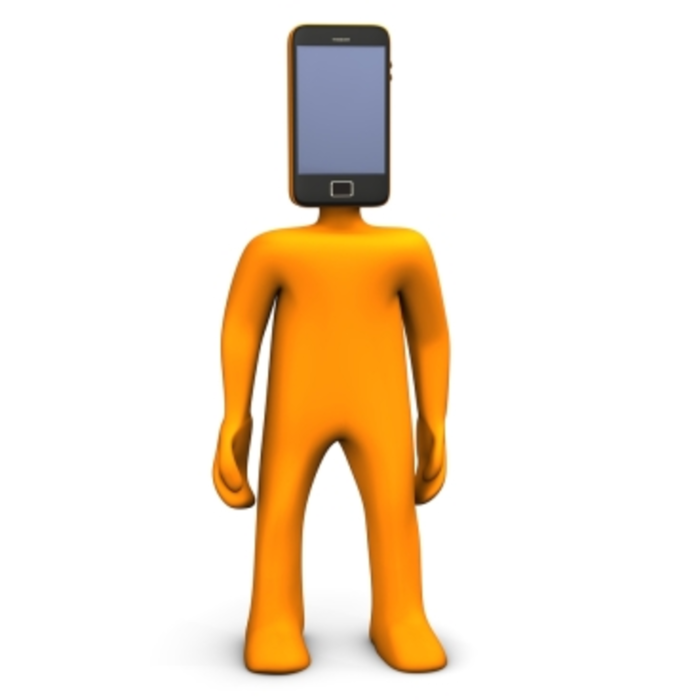A question that was posed to the audience at the SES Conference in New York last week: How many of you touched something other than your mobile phone when you first woke up this morning?
There was a slight pause as people turned their heads this way and that to look around the room and gauge the responses of their neighbors. What soon became apparent, as a ripple of laughter slowly made its way across the room—no one had raised a hand. That’s to say, upon waking in the morning, the first thing these several hundred people do is reach over and pick up their phone.
Wow, I thought. That’s crazy. Even before morning coffee? But then I pondered it a bit more and realized that my phone is probably the first object I pick up in the morning, too.
In fact, 20% of people have said they touch their mobile phones within the first five minutes of waking up.
OK, so another question for the audience: Who of you has responsive design infrastructure set up for your site? Only a smattering of people raised a hand in response to that one.
That means most people basically sleep with their phones, but most sites aren’t mobile optimized. That’s some seriously low-hanging fruit right there, considering how high consumer expectations are when it comes to…well, everything. I received a someecards desk calendar as a secret Santa gift last year, and the leaf from March 15 I think well encapsulates the overall feeling consumers have about loads times and all digital experiences in general: “The extra seconds it periodically takes for your Web site to load is taking years off my life.”
The expectation of super-awesome interactivity and speed is high and marketers and the technologists they rely on increasingly have to meet it head on. It’s a CRM no-brainer. And the more marketers use mobile to provide rich experiences and promote customer loyalty and acquisition, the greater the need becomes for more robust technology that can handle it all. Handheld mobile devices are more than mobile devices; they’re meant to be smartphones.
From a marketing standpoint, virtually all consumers live effortlessly across multiple screens, and it’s a marketer’s job to relate to them where they are, which can get difficult when consumers are just about everywhere. But that challenge can also be an opportunity.
All that has a somewhat muddling effect on attribution. From a direct response perspective, it’s about how many clicks were clicked, how many sales were sold, how many conversions were converted, and taps tapped—but the mobile landscape isn’t as simple as that.
What about sequential usage, for example? It’s not too difficult to image a consumer searching for an item on a desktop, visiting a mobile site on a tablet, downloading a brand’s app on a phone, and then using a mobile device to locate the desired item in a real store, where it’s ultimately purchased off a shelf.
From the tenor of the questions from the audience, tracking was definitely top-of-mind for the marketers in attendance. The ability to easily and accurately measure for mobile is what every marketer seems to want for Christmas. And for good reason. I mean, if a mobile purchase is made in the woods (considering there’s Wi-Fi) and there’s no one there to track it, yes it happened—but you can’t harness it.








